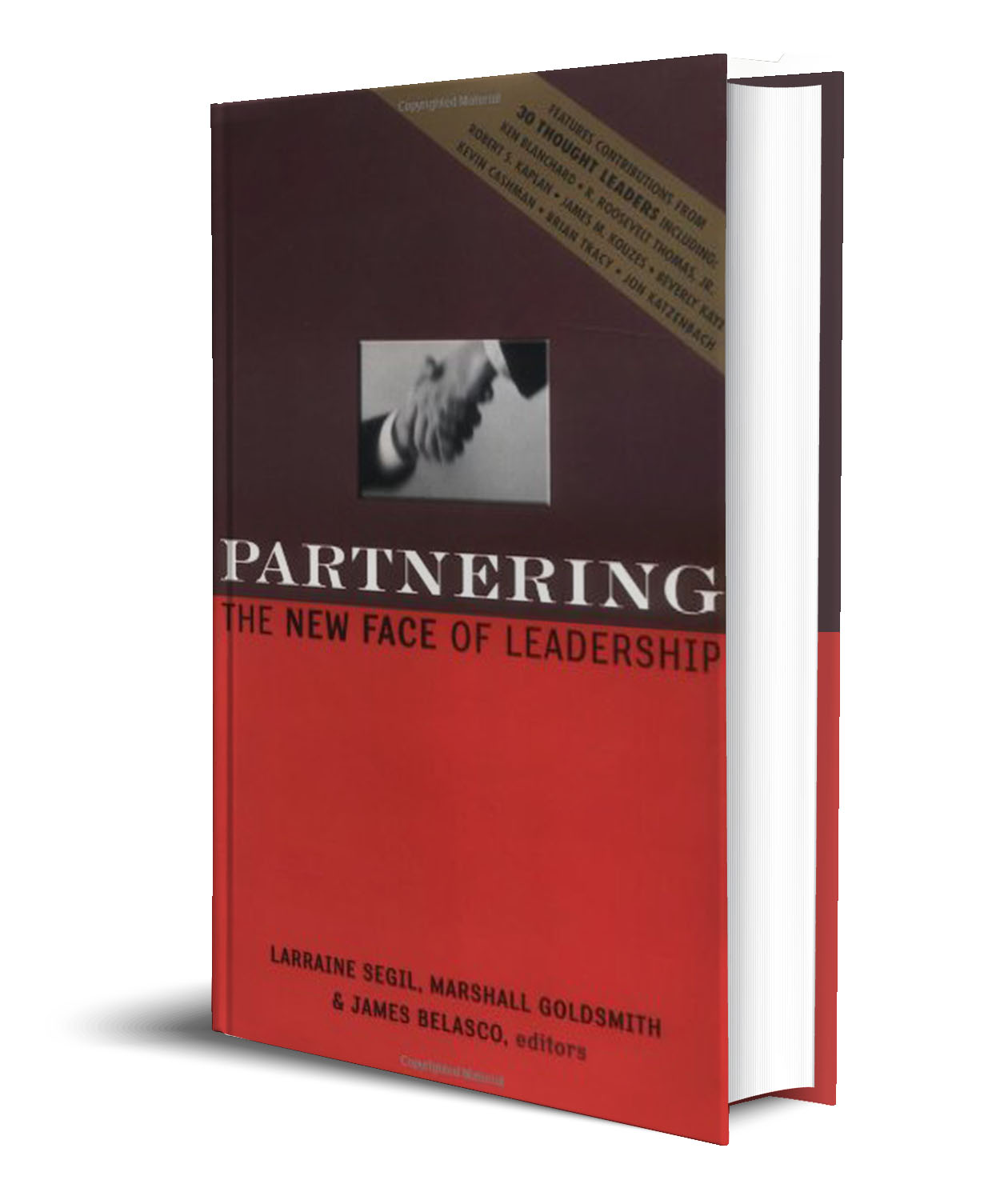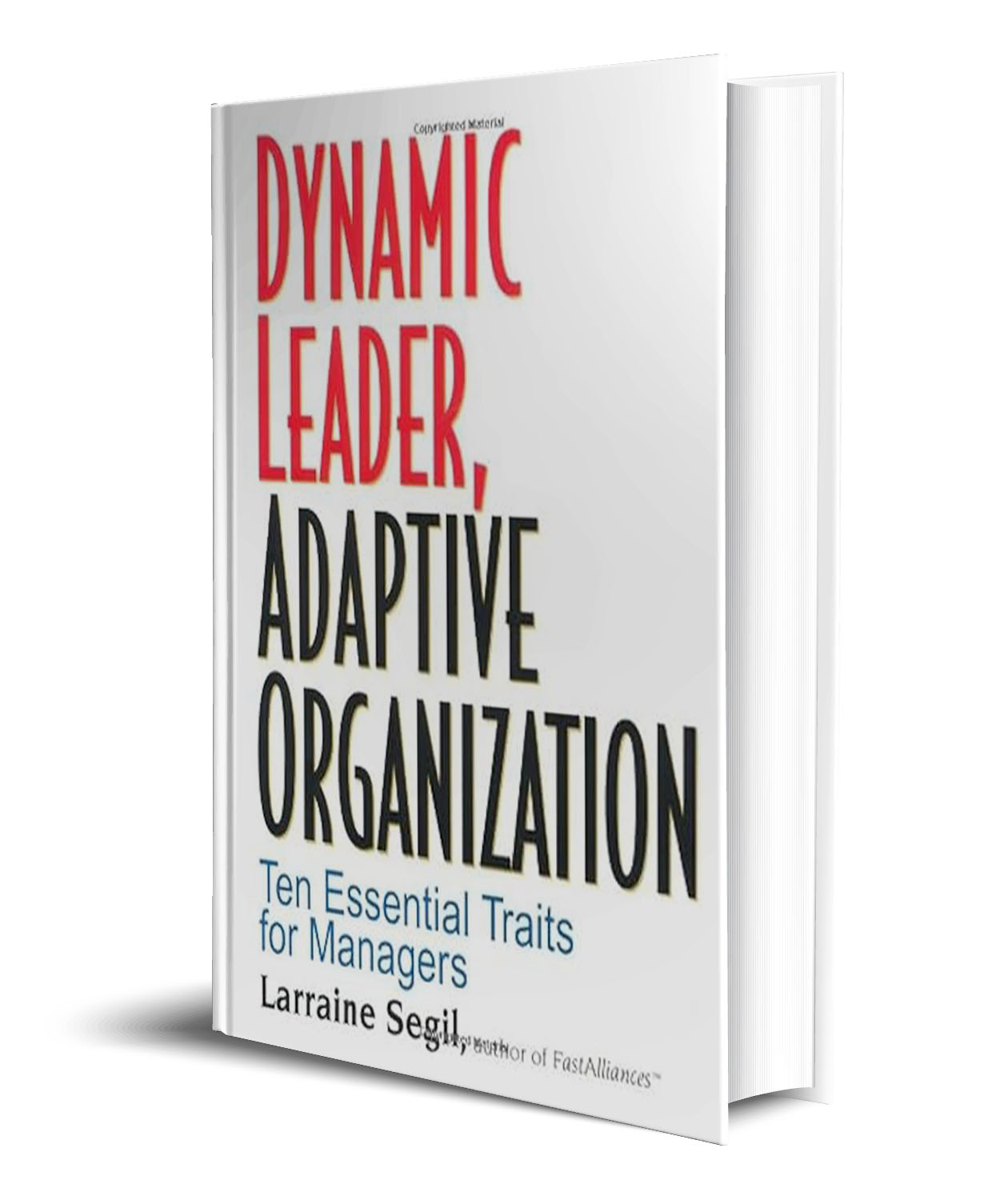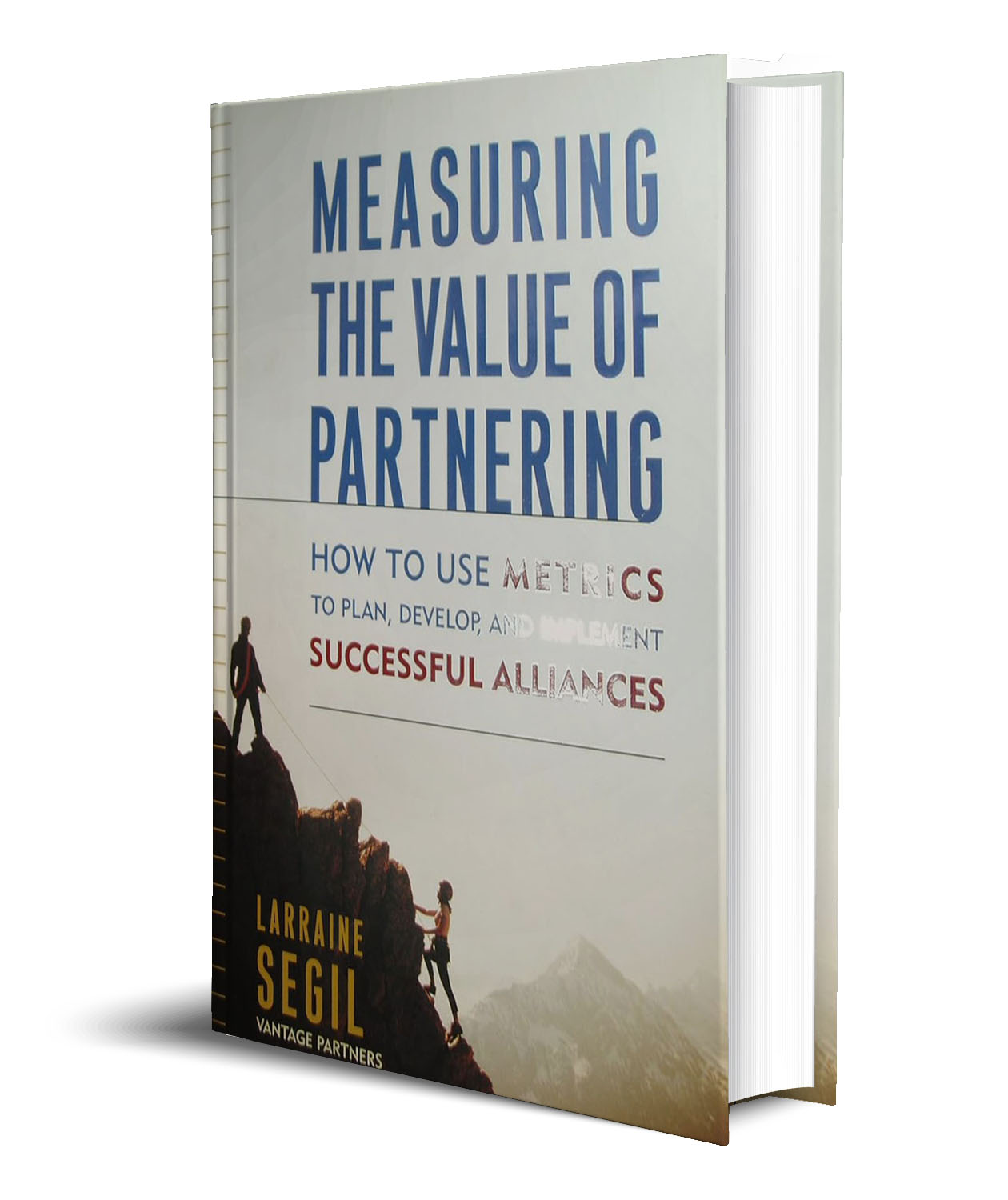Where Have All The Leaders Gone?
Workforce, December 2002
…And how can HR get them back? Corporate heroes are retiring and disappearing in disgrace. The nature of leadership is changing. And HR is helping to fill the vacuum with a galaxy of new stars.
By Shari Caudron
Five years ago, the U.S. economy was growing at unprecedented levels, the stock market was a breathless, never-ending party, and corporate leaders were regarded as the overconfident heroes responsible for it all. Back then, executives were viewed as an elite group whose dogged focus on results allowed them to transform companies, often single-handedly, and seemingly overnight. Then the economy imploded, sucking wealth, opportunity, and worker optimism along with it. So where are those swaggering heroes now that we really need them? That’s the question on everybody’s lips.
Jack Welch, Kenneth Lay, Bernard Ebbers–three years ago they were giants, leaders of American industry. Now they’re gone, either retired or disgraced. Even those who remain, such as Sandy Weill of Citigroup, Larry Ellison of Oracle Corporation, and many others, are greatly diminished in stature. And yet, as industry and the economy stumble, strong business leaders are more necessary than ever. Where are the captains of industry when we need them? Is Jeffrey Immelt a leader in the Welch mold at General Electric? Time will tell. But clearly there is a vacuum at the top of American industry. Employees want leaders but don’t see them.
According to a Workforce online poll conducted in September, 83 percent of almost 700 respondents believe there is a leadership vacuum in their organizations. A nationwide survey by Watson Wyatt shows that less than half–a mere 45 percent–of employees have confidence in the job being done by senior management. And the seventh national United States @ Work study by Aon Consulting indicates that employees are less trusting of corporate leadership now than at any point since the survey began in 1997. What happened? Where did all the leaders go?
In actuality, leaders didn’t really go anywhere. What happened is that the economy changed, markets shrank, competition increased, and the job of leadership became infinitely more challenging. It’s one thing to make money when there’s money to be made. It’s quite another to keep your profits when all around you are losing theirs.
“It takes a different set of skills to make lemonade out of today’s lemons,” says Hal Johnson, global managing partner, human resources, with Heidrick & Struggles, an executive search firm based in Chicago. “It takes different, quicker, and broader leaders today than it took previously, when no matter what you did, you made money.”
But what does “different, quicker, and broader” mean in the real world? What are the traits essential for leaders in today’s profit- and integrity-challenged corporate environment? Unfortunately, there is no clear-cut answer.
Ask 10 researchers about vital leadership competencies and you’ll get 10 different answers. For example, a profile of the 21st-century executive by Stanton Chase International lists “ethics and morality” and “results orientation” as the top two characteristics of upper management. Research out of the University of Michigan indicates that effective leaders are those who make the company’s mission compelling, and are responsive to the marketplace. Other consultants will try to convince you that change management, communication skills, accountability, business acumen, or fearlessness should top the list of necessary traits. About the only thing consultants do agree on is that there is an enormous need for leadership development.
The topic of leadership has been making a comeback because of the country’s economic and political uncertainty, says Robert Vecchio, the Schurz professor of management at the University of Notre Dame. “When people are in crisis, they want others to comfort them and take a visible role in ending the crisis.”
David Dotlich, a partner with CDR International, an executive development firm in Portland, Oregon, agrees. “The hunger for leadership is greater in a tough economy,” he says. “People want leaders who can pull them out of the wilderness to better times.”
The coast-to-coast hue and cry for corporate leadership has grown so loud that executive search firms are being inundated with requests for people with leadership skills. “We used to not have requests for leaders,” says Kaye Salikof, vice president, training, for MRI Worldwide in Cleveland. “When the economy was going well, the notion of leadership was not as important. But today, leadership is a word that appears so often on search assignments, it’s almost become a non-word. Every company wants leaders, but nobody defines it the same way.”
If you search through the books, talk to the consultants, and delve into the research, you begin to see that some common themes about contemporary leadership do emerge.The primary one is that in today’s fast-moving, highly decentralized global organizations, the notion that one person can set strategy and make all the important decisions is painfully outmoded. “The market is too complex and things are moving too quickly for one person to be able to make all the decisions,” says David Brewer, a principal with The Leadership Consulting Group in San Francisco.
What this means is that leadership, at the very least, has to become a shared responsibility. While the person at the top can set and communicate the corporate vision, executing that vision takes a lot more people working together than it used to. Consequently, leaders have to be cultivated at all levels of an organization. It could be that people are clamoring for leadership because companies have not truly embraced the notion that many people in an organization can take on leadership responsibilities. In fact, in many companies, Dotlich says, employees who do take charge for the good of the company are often penalized by the corporate culture for doing so.
“There is a perceived lack of leadership today because the rewards for people below the top are not consistent with good leadership,” he explains. “People are still measured more on activities than outcomes. They are rewarded for pleasing the boss, not leading the troops. Furthermore, in a lot of organizations, people are not expected to lead, they are expected to parrot the party line.”
Dotlich believes that more employees could–and would–become leaders in their companies if the culture supported their efforts. However, he says, many companies work against the development of leadership by making it impossible for employees to take the most appropriate actions on behalf of the company.
“For example, say I’m working with a client and I know that the right thing to do to maximize the company’s penetration of that account would be to turn over the account to someone in another department,” Dotlich says. “But because I get paid based on how well I do personally, I don’t know if I would get credit for the sale, or if I could trust someone to do as good a job as I would. Even though I know the right thing to do for the company, I’m not likely to do it because the culture wouldn’t support me.”
And herein lies the heart of the leadership dilemma. You can do all you want to identify and develop the skills necessary for good leadership, but if the company’s culture doesn’t support good leadership, it ain’t gonna happen.
The intersection of culture and leadership
Larraine Segil, partner in the Los Angeles-based consulting firm The Lared Group and author of Dynamic Leader, Adaptive Organization (John Wiley & Sons, 2002), has spent 19 years helping companies like Kodak and Sun Microsystems develop successful strategic alliances. Over the years, it became clear to her that nothing would ruin an alliance faster than bad leadership. In an effort to uncover the characteristics of good leadership–and thus, more successful alliances–she conducted research in 100 companies to determine the most effective leadership traits. As the list of leadership characteristics began to emerge, it became clear to Segil that those characteristics could not be regarded in a vacuum.
“My research revealed that you can be a wonderful manager or leader, but if you have an organization that doesn’t support or enable you, you’re either going to leave the company or put on the cloaks and clothes of a non-dynamic leader to protect your position.”
What Segil discovered, in other words, was the same thing Dotlich has learned in his years of work with companies: There is a symbiotic relationship between an organization and its leaders. “There is no final, model formula for good leadership,” she says. “What might work in one organization might not work in another.”
To build good leaders then, HR professionals must first determine what the characteristics are of successful leaders in their own organization. For instance, leaders of a manufacturing company operating in a slow- or no-growth environment will face different challenges and require different skills than leaders in global high-tech companies. The manufacturing leader might need energy and commitment, for example, whereas the high-tech leader might rely more heavily on risk-taking and the ability to manage change. While the ideal number of leadership traits might vary between organizations, the overall number should be relatively small–say, between 4 and 10–so that they can be easily supported and evaluated.
Once the traits have been identified, Segil suggests, HR people can determine what kind of environment is necessary to support the traits and the management processes that make that environment possible. For instance, if one of the characteristics of successful leaders in your company is risk-taking and fearlessness, then the organizational culture should permit failure, which is a natural by-product of risk-taking. Failure is more likely to be tolerated if managers encourage people to share what they’ve learned from that failure.
To take another example, say that successful leaders in your company are those who have the ability to identify and nurture talent in others. If that’s the case, the culture must support talent development through ongoing learning. This is done by making training and education available for all employees. After all, a leader will not be able to nurture talent unless there is a framework for doing it.
In the past, when HR people have considered raising the leadership bar, they’ve typically thought about whom they might hire, Segil says. “What the research shows is that leadership is developed and nurtured far beyond the hiring process. You have to make the culture supportive of leadership–and ongoing leadership development–and HR has a key role in creating those supporting characteristics.”
Dotlich, who’s been in HR for more than 20 years both as practitioner and consultant and is author of the book Unnatural Leadership (John Wiley & Sons, 2002), also believes that HR has a key role to play. “I firmly believe a good HR professional must have significant influence on defining explicitly and implicitly what constitutes effective leadership,” he says. HR managers must become “general managers” of leadership, he adds. Instead of championing one process such as succession planning or development or stock options as a way to grow the leadership pipeline, they must become generalists of leadership and understand how all the pieces of culture fit together to produce effective leaders.
For HR professionals to become general managers of leadership, Dotlich says, they must have an informed opinion on three things:
1. How the company honestly selects, rewards, and promotes effective leadership. One way to answer that is by looking around and asking: “Who gets ahead around here?”
2. What talent and processes the company needs, given the challenges of current and future strategy, business model, competition, technology, and culture.
3. How to develop more of the competencies and processes the company needs, even if it’s inconsistent with current protocol.
How does HR start the conversation with upper management about these issues? “By putting their heads down and going in and starting the conversation,” Dotlich says. “But HR must have data; if they don’t, the conversation will go nowhere.” Ideally, the data should show what leadership behaviors are necessary for organizational success, and how the culture–through the environment and management processes–is either supporting or squelching those behaviors.
J. Stewart Black, professor of business administration at the University of Michigan at Ann Arbor and co-author of the book Leading Strategic Change (Financial Times Prentice Hall, 2002), emphasizes that HR isn’t the only one responsible for uncovering and understanding an organization’s leadership competencies. But it is in a unique position to lead the process, and make leadership support and development a priority.
In the current environment, where only a pale minority of workers believe that leaders are doing a good job, it’s obvious that people are hungry for a beacon to follow. HR can help light that signal by making it possible for all of an organization’s leaders to shine.






Leave a Reply
You must be logged in to post a comment.